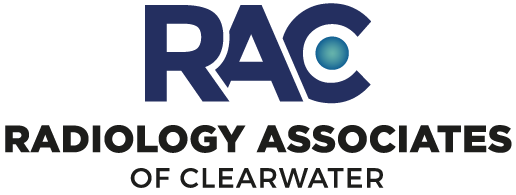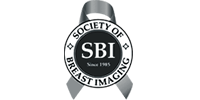Musculoskeletal Radiology
Our group of musculoskeletal radiologists provide expert interpretations and perform both diagnostic and therapeutic procedures. We are dedicated to our patients and their physicians. We provide experienced care for a wide range of patients. For a number of years, we have provided imaging services for the Philadelphia Phillies, Toronto Blue Jays, Clearwater Threshers, and Dunedin Blue Jays baseball teams.
Your doctor may recommed an x-ray, CT, MRI, nuclear medicine assessment, ultrasound, arthrography or a combination of these assessments. These exams may give the radiologist and your physician all the information that is needed in order to guide your treatment. Each of these modalities has its strengths in evaluating any number of the following issues:
- Arthritis
- Fractures (major and subtle/stress)
- Tumors (both benign and malignant)
- Osteomyelitis
- Bone infections
- Soft tissue infections
- Tendon, ligament, and soft tissue injury or abnormality
- Joint replacement problems
- Morton's Neuroma
- Hemachromatosis
- Synovial Osteochondromatosis
- Pain management
- And many more
In using X-ray, we exclusively use digital imaging to provide excellent quality studies that will offer us the information we need to help diagnose your problem. X-rays are a good first step in diagnosing certain musculoskeletal issues. However, X-rays are a basic first step and sometimes more information is needed and imaging with a different, more sophisticated, modality is necessary. CT scans give information about bone, soft tissues (including ligaments, tendons, and menisci) and vessels. The MRI modality is especially helpful when your doctor suspects injury or abnormality in tendons, ligaments, and other soft tissues. MRI is the imaging method of choice for most sports-related injuries and is particularly effective in osteopenic or osteoporotic patients. Ultrasound, on top of being a diagnostic modality, is also used to guide many minimally invasive procedures that we perform. Nuclear medicine can sometimes reveal subtle fractures or stress fractures as well as areas of infection, tumor, or joint replacement issues. Arthrography allows for more detailed evaluation of joints byt injecting a contrast dye into the joint and is often done prior to an MRI or CT scan.
For pathology requiring a tissue diagnosis, we perform image guided biopsies. Bone or soft tissue specimen in areas of suspected tumor or infectious involvement can be readily obtained with CT or ultrasound guidance. The pathology technologist is frequently able to confirm adequate specimen sample real-time. This can be an invaluable tool as treatment decisions are made for both primary and metastatic tumors.









